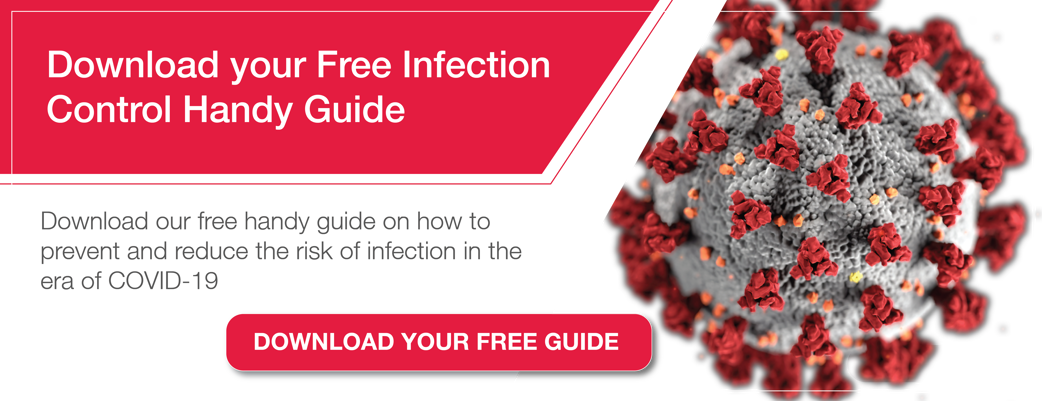Free Guide – How to Provide First Aid Safely During COVID-19
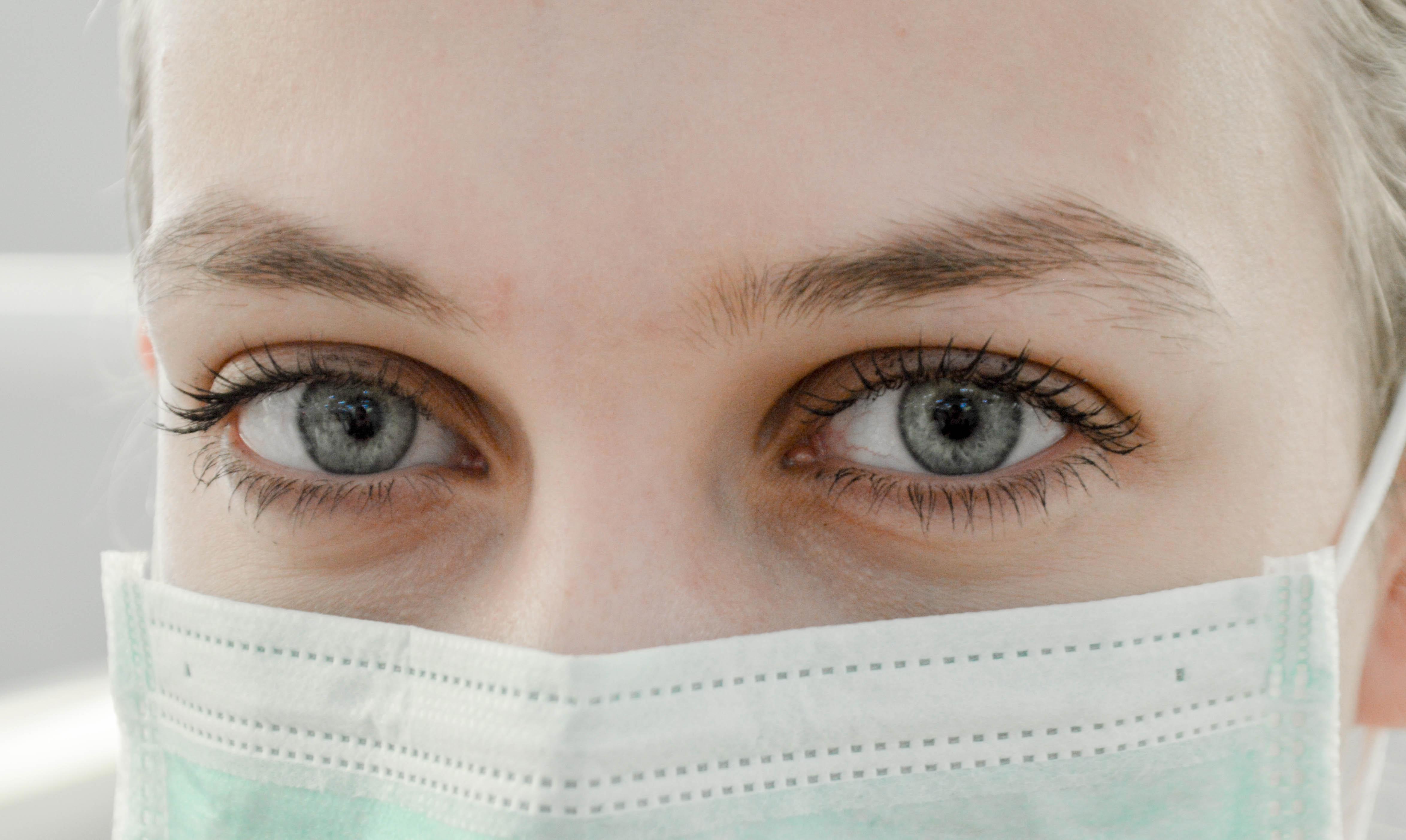
A fact of life that will never change is that bacteria and viruses are everywhere around us. Some ‘bad’, some ‘good’ and some won’t affect us at all. Coughing, breathing, touching and bodily fluids can all spread these microorganisms between us and even lead to serious deadly diseases.
Coronavirus (COVID-19)
The World Health Organisation (WHO) assesses the risk of the current Coronavirus to be very high in China, high at the regional level and high at the global level based on the categorisation of "a global evaluation of risk, covering severity, spread and capacity to cope". Thus, it is very important that everyone understands how to protect themselves and others.
More information about WHO's advice for the public can be found here. Head to the Department of Health and Human Services (DHHS) for Victorian updates.
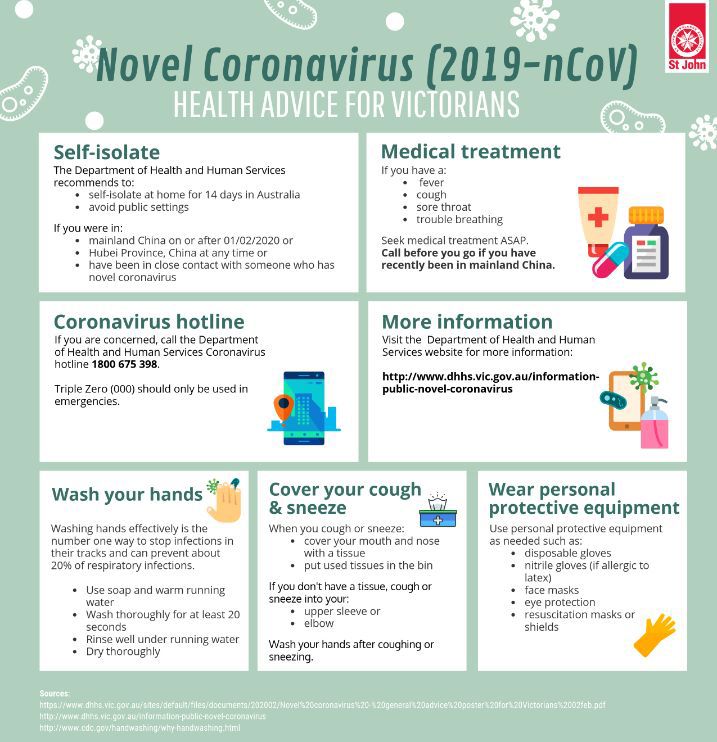
When providing First Aid, you should think of each situation as potentially infectious. When there are wounds that contain blood, CPR that can involve saliva, or even a case of poisoning that could feature vomit, there is the potential to be exposed to any type of bodily fluid when interacting with someone who is unwell.
While rare, there have been documented cases of disease transmission of Tuberculosis and Hepatitis to First Aiders. Being aware of these risks means you can put measures in place to reduce them. You should aim to minimise the possibility of spreading disease both to benefit yourself and the person you are providing First Aid to.
Standard Precautions for Infection Control
There are some basic practices to follow to prevent spreading infections when providing First Aid, whether there are known or unknown infections present:
- Good hygiene practices
- Wearing personal protective equipment
- Appropriate handling of clinical waste (sharps, human tissue or fluids, used dressings)
If you treat the procedures for infection control as automatic each time a First Aid incident is attended, there will be little room for microorganisms to sneak through.
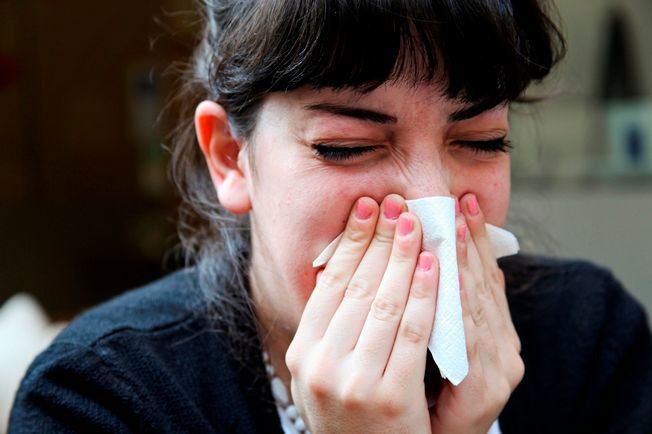
Handwashing
Washing hands effectively is the number one way to stop infections in their tracks. In fact, it can prevent about 30% of diarrhoea related sicknesses and about 20% of respiratory infections (source).
It sounds so simple and we do it every day, however, many adults don’t follow best practice and are spreading disease unknowingly and unwittingly. It’s more than just running your hands underwater for a few seconds. A few tips you should follow to make sure you’re doing it properly:
- Wash hands both before and after providing First Aid and in between casualties
- Use soap and warm running water
- Rub hands together with lather for at least 20 seconds, ensuring you rub between fingers, under nails and the backs of hands
- Rinse hands well under running water
- Dry thoroughly with a paper towel that you then dispose of
- If soap and water are unavailable, use antiseptic wipes to clean hands and apply a sanitising liquid or gel that contains at least 60% alcohol
However, you should never touch any wounds or used dressings with your bare hands, which is where personal protective equipment is vital.
As a First Aider, you may be at higher risk of infection due to your role. To protect yourself and the casualty/s you are providing First Aid to, keep infection control front of mind at all times. One small lapse in procedure could put you or others at risk, however following our guide will mean that your exposure is limited.
Download our free guide on how to provide First Aid safely during COVID-19.
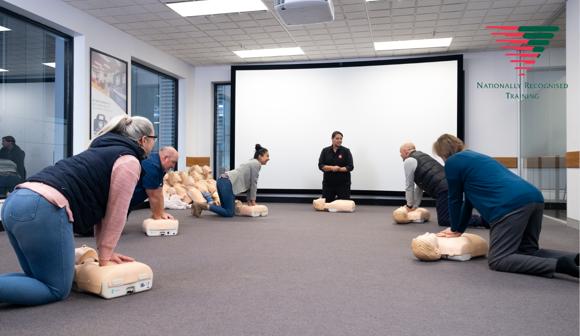
PROVIDE FIRST AID
Learn how to manage a range of common first aid scenarios.
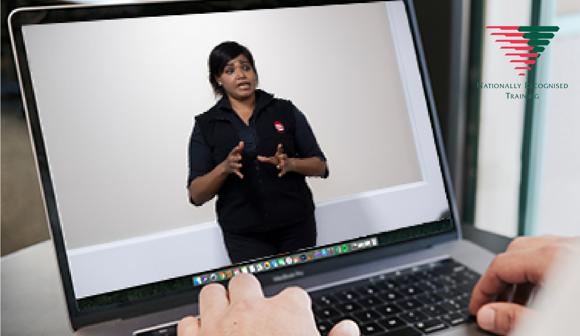
MENTAL HEALTH AND CRISIS SUPPORT
Learn how to recognise and support people dealing with a range of common mental health issues.
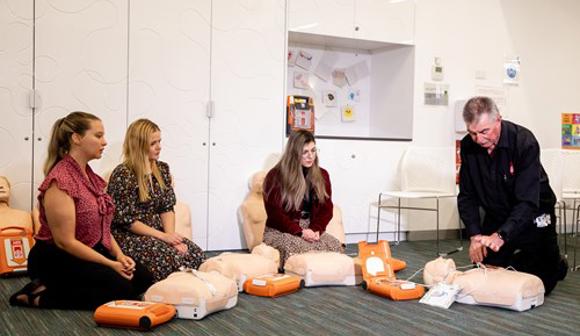
PROVIDE CARDIOPULMONARY RESUSCITATION
Learn the skills to perform life-saving (CPR) on an adult, child or infant who is unconscious and not breathing normally.

